Yukon Quest – The toughest race in the world
“It is truly a sport where passion and the love of the outdoors and dogs all come together, as soon as I got into it, I fell hook, line and sinker. But it is not an easy go. It takes a lot of commitment and dedication” – Campeau, a racer.
The Yukon Quest is a 1,000-mile (1,600 km) race that each competitor begins with 14 dogs. It is an International Sled Dog Race run every year in February between Fairbanks, Alaska, and Whitehorse, Yukon. The route follows a former gold-rush trail – the historic 1890s Klondike Gold Rush, where the conditions are like nowhere else.
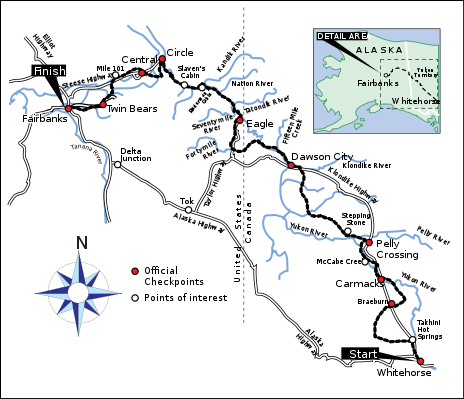
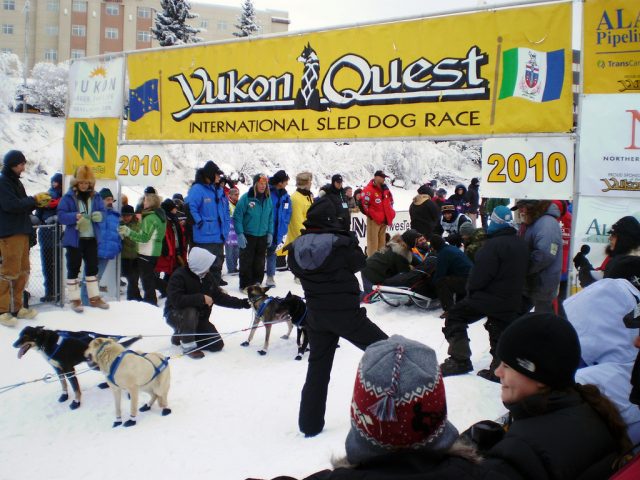

There are four snowy mountain passes, frozen rivers, and the rest is just snow and ice where the temperature can get to −60 °F (−51 °C). At higher elevations, the winds can reach 50 miles per hour (80 km/h).
Because of the harsh conditions, the Yukon Quest is considered as the “most difficult sled dog race in the world,” or by some, the “toughest race in the world.”
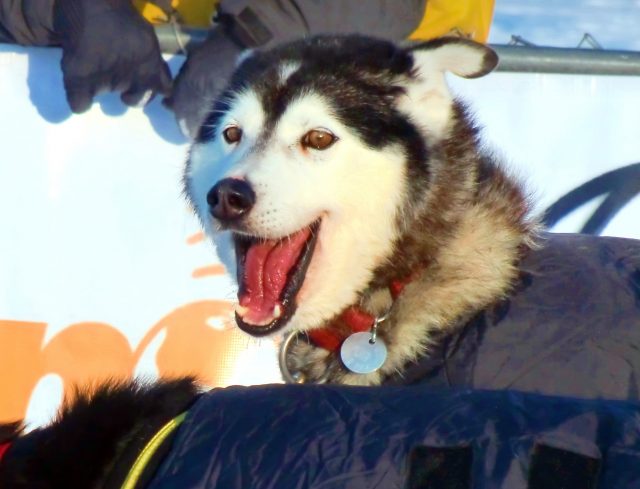
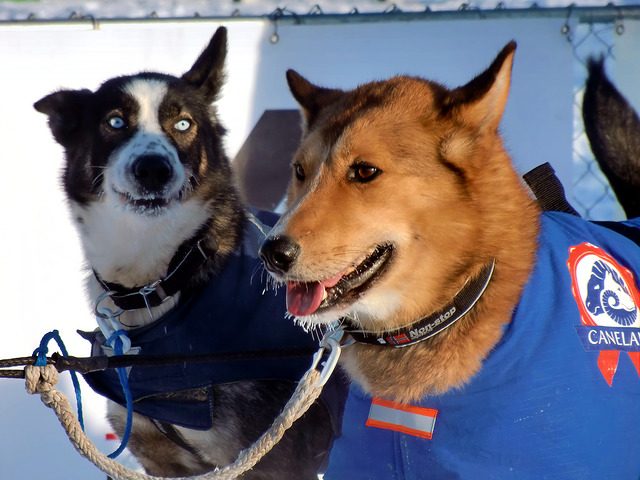
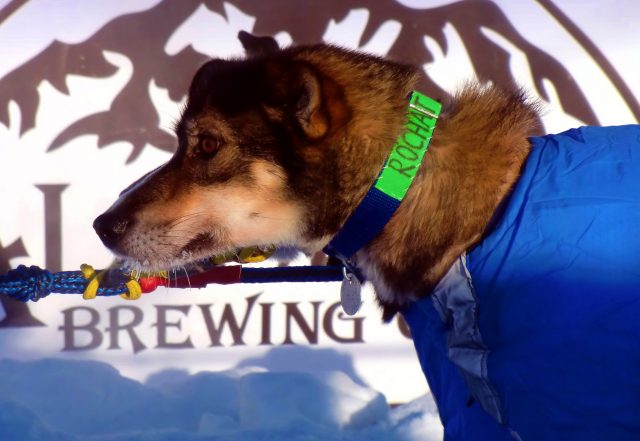
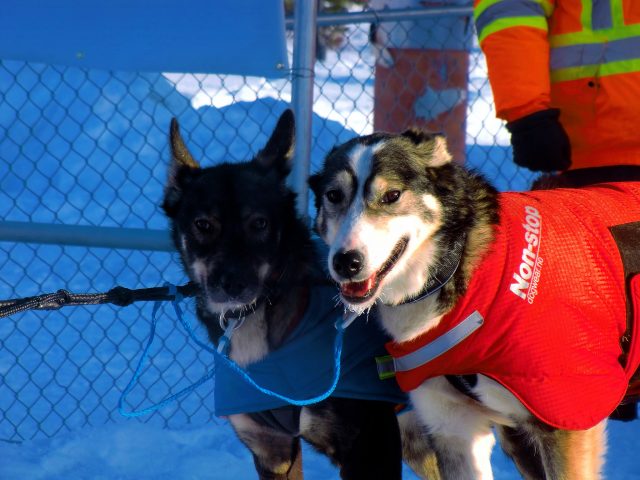
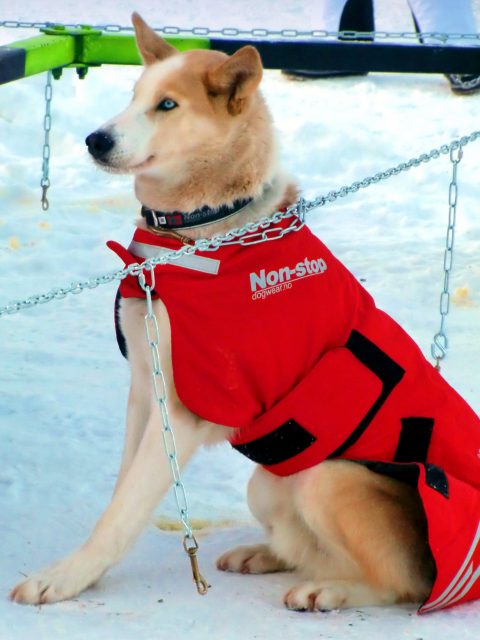
The rules of the race as harsh as the race itself. The dog team leader called a musher packs the equipment along with the provisions needed for themselves and the dogs, this can weigh up to 250 pounds (113 kg).
This is just for between the checkpoints where the mushers can reload on provisions. At the checkpoints, they can leave dogs, but they are not allowed to replace them. The sleds as well can’t be replaced. Also, the mushers are not permitted to receive help from non-racers except at Dawson City, the halfway mark.
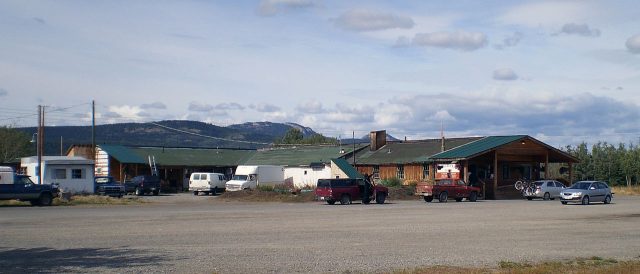
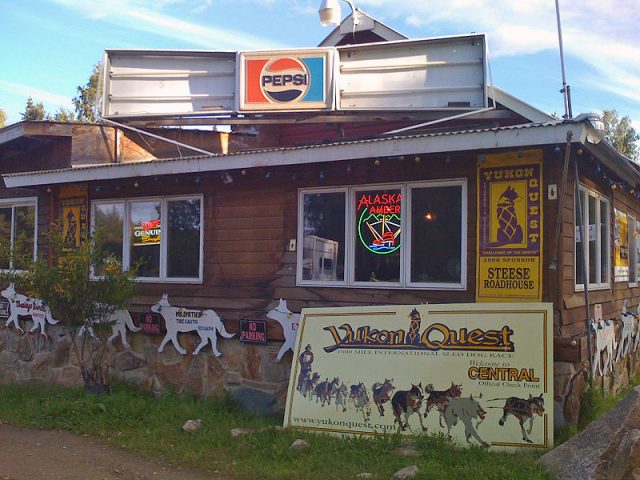
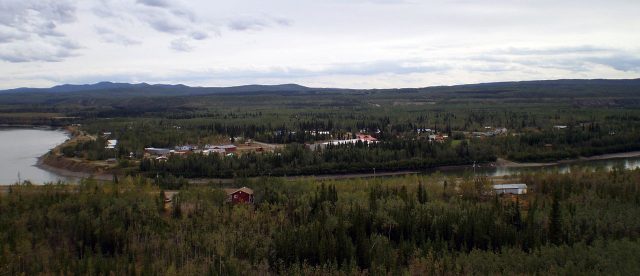
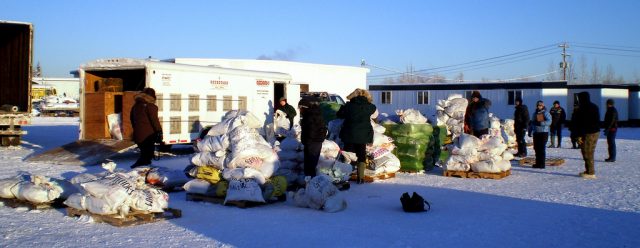
At each checkpoint, there are veterinarians so that they can ensure the health and welfare of the racing dogs, or give their care to the dropped dogs. The veterinarian, the race judge, or the mushers themselves have equal right to decide that a dog or a whole team should be removed from the race due to medical or other reasons.
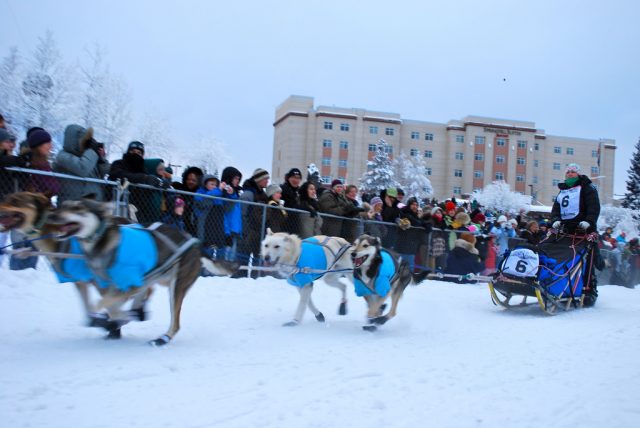
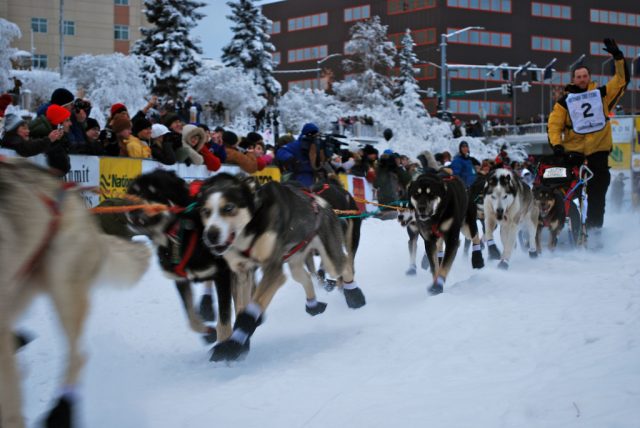
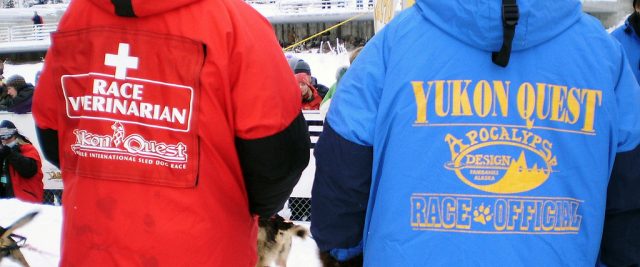
The competition was first run in 1984 and Sonny Linder was the inaugural winner of the quest out of 26 teams.
In 2010, Hans Gatt set the record for the fastest run of nine days and 26 minutes, while the longest one was in 1988, when Ty Halvorson arrived after twenty days, eight hours, and 29 minutes. Aliy Zirkle became the first woman to win the race in 2000, arriving in ten days, 22 hours, and 57 minutes. The closest one-two finish occurred at the 2012 competition when Hugh Neff arrived only 26 seconds before Allen Moore.
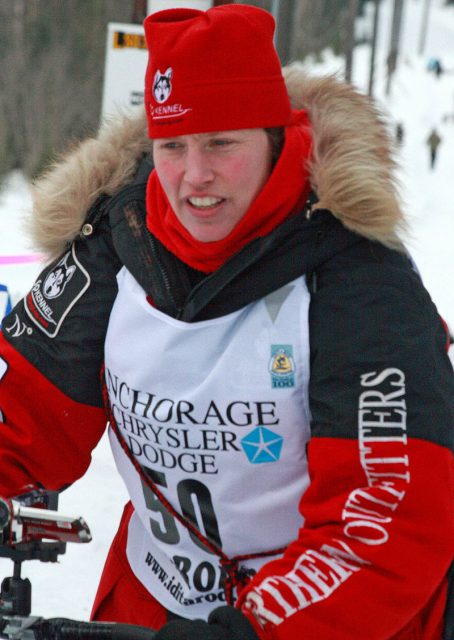
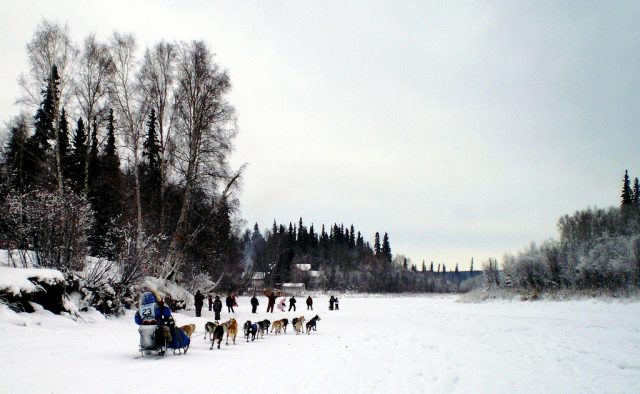
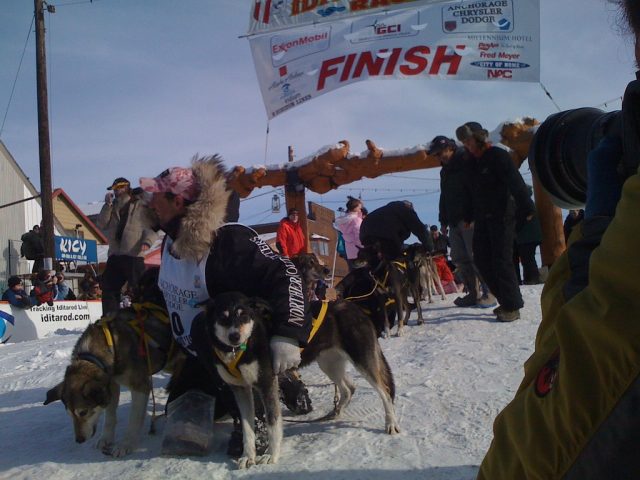
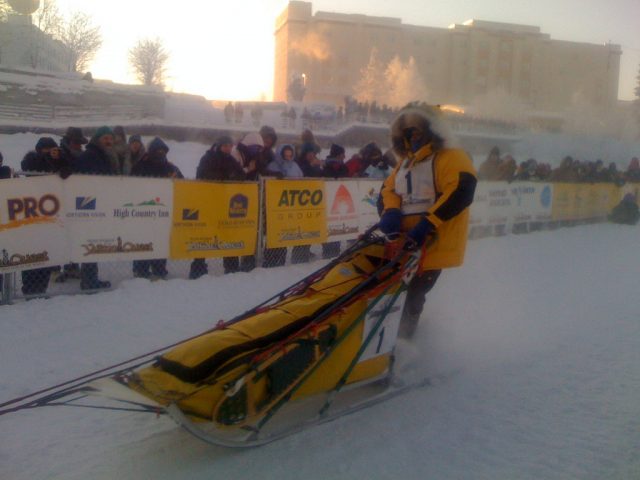
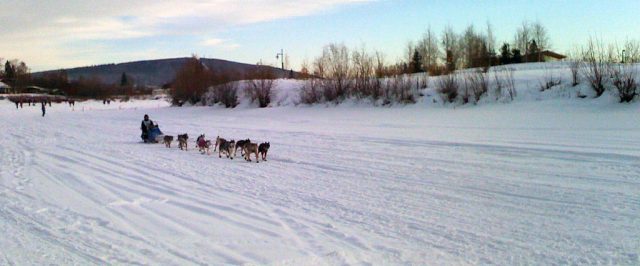
Brian Wilmshurst, a musher had said: “Sometimes it is beautiful and perfect, sometimes you are cursing and screaming, I have seen amazing things – a herd of hundreds of caribou and Northern Lights like you wouldn’t believe. But I have also been chest-deep in water when it was 40-below zero. I wondered if I was going to survive.”
The Yukon Quest sled dog race is run by Yukon Quest International which also runs two shorter races – the Yukon Quest 300 (previously the Yukon Quest 250) and the Junior Quest.
If you have any comments then please drop us a message on our Outdoor Revival Facebook page
If you have a good story to tell or blog let us know about it on our FB page, we’re also happy for article or review submissions, we’d love to hear from you.
We live in a beautiful world, get out there and enjoy it.
Outdoor Revival – Reconnecting us all with the Outdoor





